Chow Mein vs. Chop Suey
When you buy through our links, The Breslin may earn an affiliate commission. Learn more
Chow mein vs chop suey is a popular comparison among Chinese cuisine lovers. While it’s true that they both are famous Chinese stir-fried dishes, they’re unique in their own ways and should not be mistaken for each other.
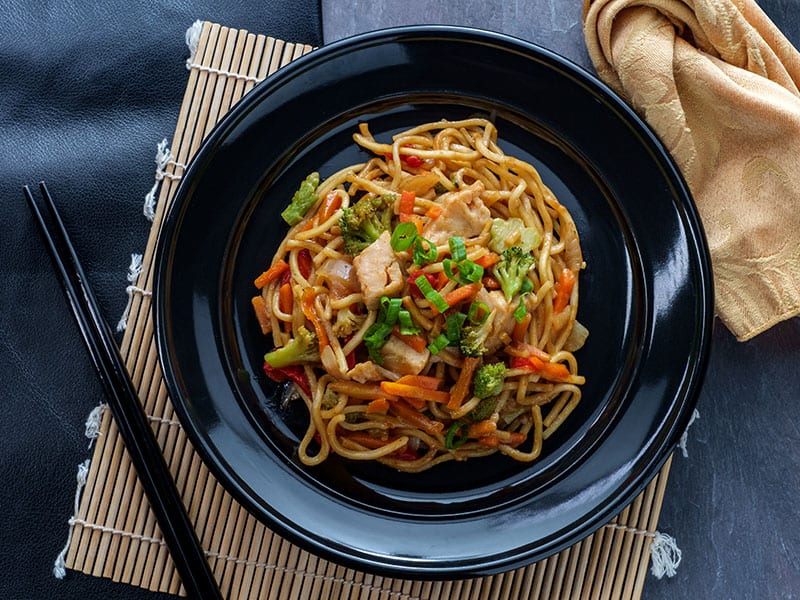
In today’s post, let’s go through the fascinating tales behind their origins, the main differences between the two, and the way they are supposed to be cooked.
Chow Mein Vs. Chop Suey – Quick Comparison
It’s easy to confuse chow mein with chop suey since they can look a bit similar at first sight.
However, they still have many distinctive features that you can use to differentiate one from another. Here’s a quick comparison table between these two tasty stir-fried dishes.
The Origin Of Chow Mein And Chop Suey
First, let’s look at the origin of chow mein and chop suey. While chow mein has a pretty straightforward origin, the tales behind chop suey are still quite a mystery up to this date.
Chow Mein – A True Chinese Cuisine Dish
Chow mein is one of Chinese cuisine’s most signature dishes. It is believed to have been created by the people of Taishan – a southwestern city of Guangdong province, China.
At its core, chow mein is Chinese stir-fried noodles paired with vegetables, meats, and occasionally tofu. The name “chow mein” literally means “stir-fried noodles” when translated. (1)
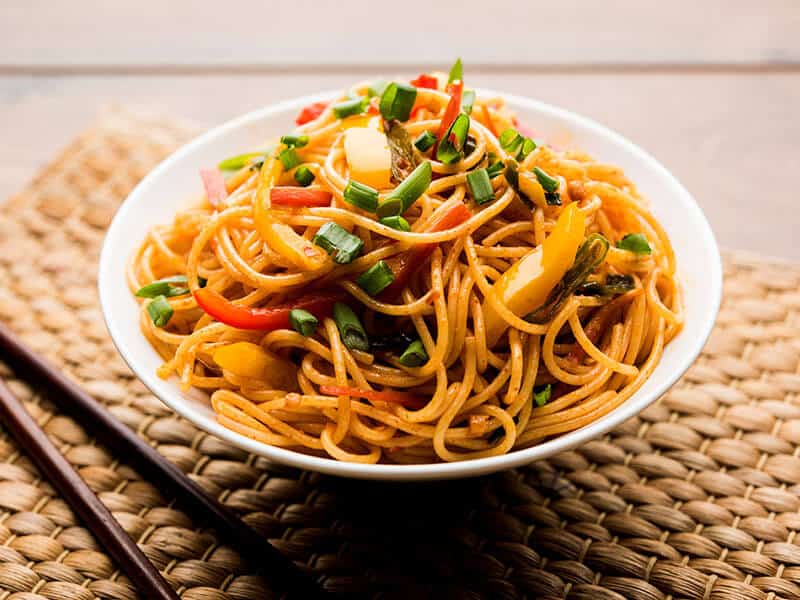
Chow mein is a crowd-favorite dish in Chinese restaurants all over the world. They can be easily found in Asian countries, the United States, Australia, the United Kingdom, and many more.
In areas with little to no Asian American population, chow mein is often heavily tweaked and is a far cry from the dish’s original form. An example of this modification is the “chow mein sandwich” that combines hamburger buns with deep-fried chow mein.
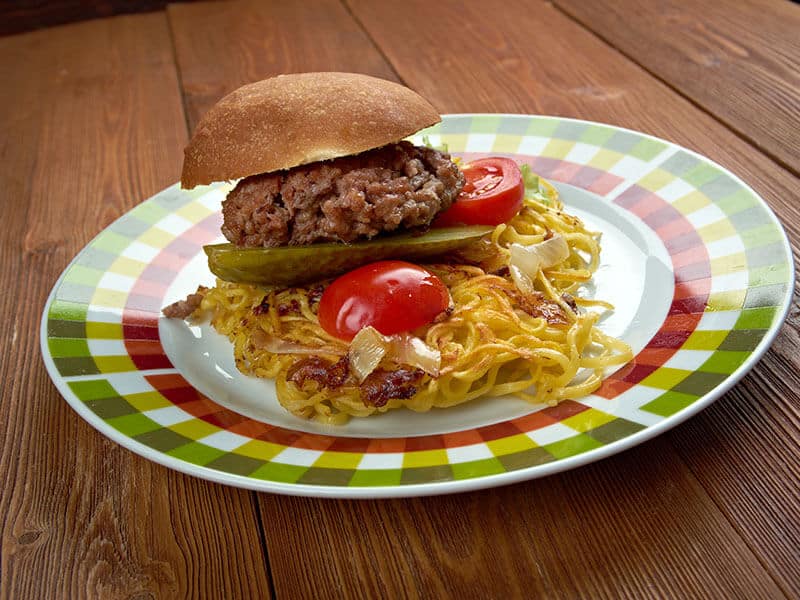
In some cases, restaurant owners will go as far as using Italian spices in chow mein to create a flavor more suitable for the taste preference of the people living there.
Chop Suey – A Chinese Dish With A Little American Twist
Chop suey is a dish made by stir-frying meats and various types of vegetables with a thickened sauce. This mixture is then served over rice and sometimes paired with noodles, which is the reason for the common confusion between chow mein and chop suey.
Some other pronunciations of the dish include chopped sui, za sui, and chap sui. As for the meaning of its name, chop suey can be loosely translated to “leftovers”.
While chow mein is a traditional Chinese dish adopted by the United States, chop suey is widely believed to have been created in America.
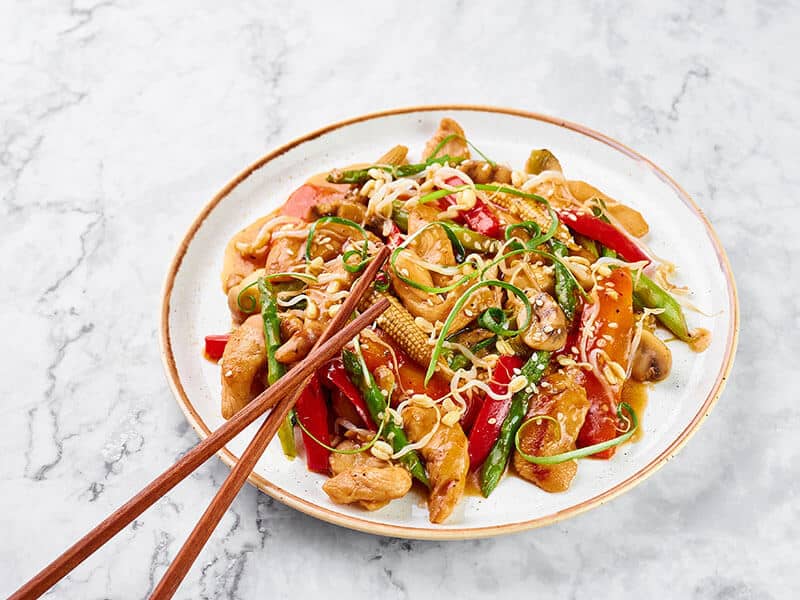
The origin of chop suey can be described as a “modern culinary mythology” since people are still unsure about its true origin up to this date.
Some people place their bets on the claim that chop suey was first created by Chinese American cooks in the 19th century whilst building the transcontinental railroad.
Others believe that Li Hongzhang’s chef (Chinese premier during the Qing Dynasty) invented this dish during Mr.Li’s visit to the United States in 1896. The goal was to create a dish that captures the characteristics of both American and Chinese cuisine.
However, some say that chop suey wasn’t actually the invention of Mr.Li’s chef but rather a dish made from leftovers that Li Hongzhang ate in a Chinese American restaurant. (2)
But stories are just stories as there is no solid evidence for any of these so-called “true origin” tales. No matter what, there’s no denying that chop suey has now become a modern-day staple dish in American-Chinese cuisine.
Learn more about the fascinating history of chop suey.
What Sets Chow Mein And Chop Suey Apart
Now that you’ve known how these two dishes were created (well, sort of), let’s move on to the key differences between chow mein and chop suey.
Chow Mein Is Always A Noodle-Based Dish
The first thing that differentiates chow mein from chop suey is the noodles. While chop suey can be served with either rice or noodles, chow mein is strictly a noodle-based dish.
In addition, chow mein recipes require stir-frying the noodles together with other ingredients while the chop suey mixture is poured over pre-cooked rice/noodles.
It will take you about 30 minutes to make a dish of chow mein.
You will come across two kinds of chow mein in Chinese American cuisine: Hong Kong-style chow mein with flat noodles and steamed chow mein with long, rounded noodles (also called lo mein).
In the Hong Kong version, the noodles were fried to a crisp before serving as opposed to the soft texture of the lo mein.
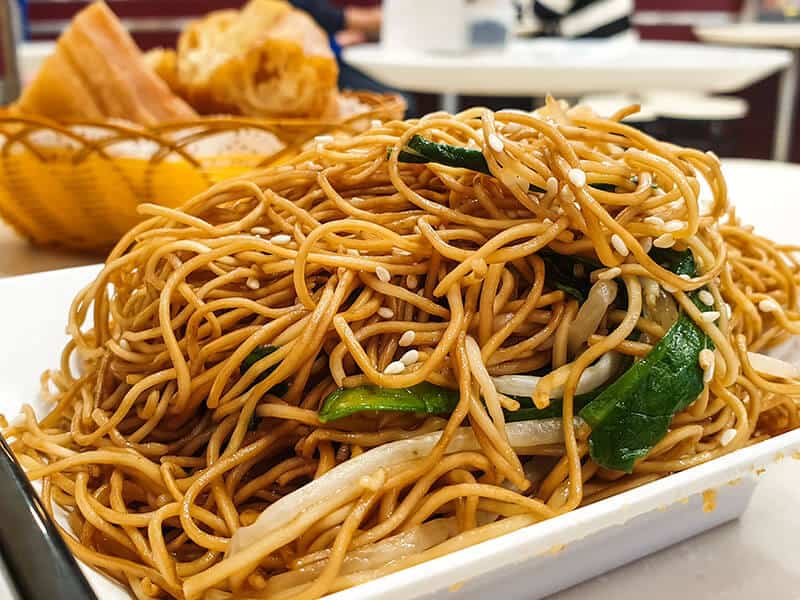
If you live on the East coast, you’ll most likely get the crispy version of chow mein since the steamed version is specifically called “lo mein”. In addition, fried chow mein is served with rice at some restaurants, which can be confusing.
However, the term lo mein isn’t that well-known on the West coast. There, the steamed style is called chow mein while the crispy version is referred to as “Hong Kong-style”.
When it comes to the meats that accompany the noodles, chicken, beef, shrimp and pork are some common types that you’ll find in chow mein. Tofu can sometimes be used as a meat alternative, especially in vegan chow mein.
Depending on the type of chow mein, you might see an array of vegetables in your dish or no vegetable at all.
In general, steamed chow mein includes many types of vegetables such as onions, celery, cabbages, mung bean sprouts, and carrots. Fried chow mein, on the other hand, might come with only celery and onions or even served without any green ingredients.
No matter what kinds of meat and vegetables are in the dish, chow mein always includes fresh ingredients.
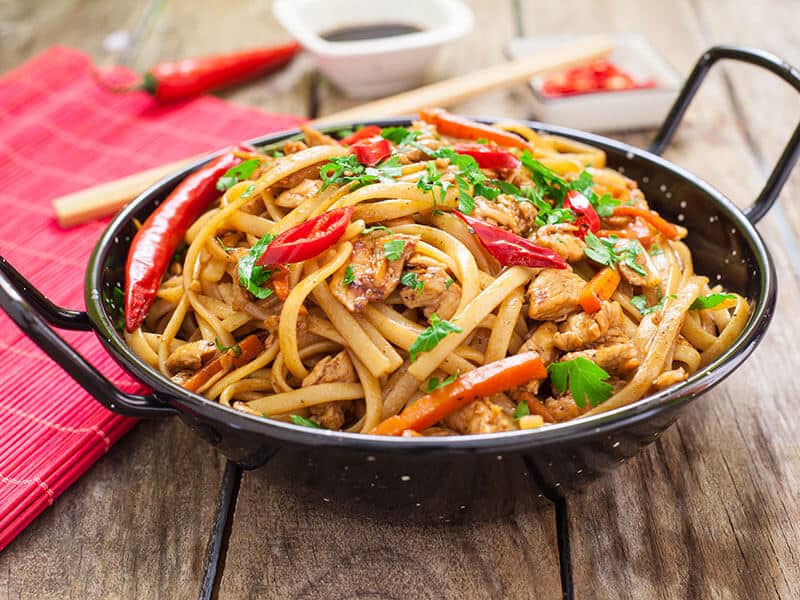
Last but not least, the typical sauce used in chow mein is made from soy sauce or garlic and is rather thin. They are also less dark in color in comparison with chop suey’s sauce.
This light sauce will help elevate the natural taste of the meats and vegetables rather than overwhelming them.
However, Hong Kong-style chow mein will normally come with a brown sauce that is thicker than that of the steamed style.
Chop Suey Is More Flexible
While all the ingredients in chow mein are stir-fried as a whole, chop suey consists of two clearly separated components: the meat-vegetable sauce and the rice/noodles.
Traditionally, chop suey is served over rice, but noodles are also a viable option. For this dish, fried noodles are often preferred over steamed noodles. Typically, chop suey takes about 50 minutes to cook.
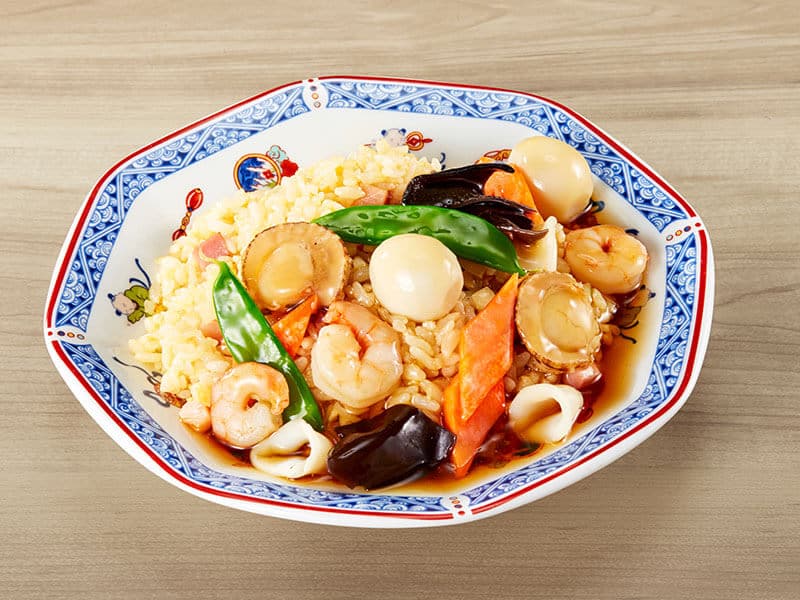
As its name implies, it’s perfectly fine to use leftover ingredients (meats and vegetables included) to make chop suey.
Meats, eggs, and vegetables are essential for making chop suey. When it comes to meats, chicken, beef, pork, shrimp, and fish are some popular choices.
As for the green ingredients, you can use various kinds of vegetables like cabbage, celery, or bean sprouts.
That said, since there’s no clear set of rules for what can and can’t be put into the mix, feel free to change the ingredients based on your own preference.
Another thing that sets these two dishes apart is their sauce. Chop suey utilized a rich gravy sauce that is thickened by corn-starch as opposed to the fairly thin sauce seen in chow mein. The sauce is also quite dark in color.
Chop suey’s sauce can be either salty or sweet and will bind other ingredients with its potent flavor.
Nutritional Values Of Chow Mein And Chop Suey
Chow mein and chop suey can vary a lot when it comes to their ingredients. As a result, it’s not easy to have an exact calculation of their nutritional values. However, the numbers below will provide you with a rough idea of what to expect from these two dishes.
Chow Mein
Between the two dishes, chow mein is the one with the lower calories count. 1 serving cup (56g) of vegetable chow mein has about 240 kcal, 4 grams of protein, 14 grams of fat, and 26 grams of carbohydrates.
However, the total calories will go up when you fry the noodles Hong Kong-style or add some meat to the mix. So if you’re watching your weight, you should go with vegan chow mein.
Chop Suey
Chop suey is a bit higher in calories and fat than chow mein. You’ll find approximately 290 calories, 24 grams of protein, 16 grams of fat, and 24 grams of carbohydrates in 1 serving cup of chop suey.
For a lighter meal, order your chop suey with rice instead of fried noodles. You can also go full vegetarian with vegetables-only chop suey.
Cook Your Own Chow Mein This Way
If you’re craving some chow mein, you can make it yourself quite easily. Here’s a simple way to cook up your own chow mein.
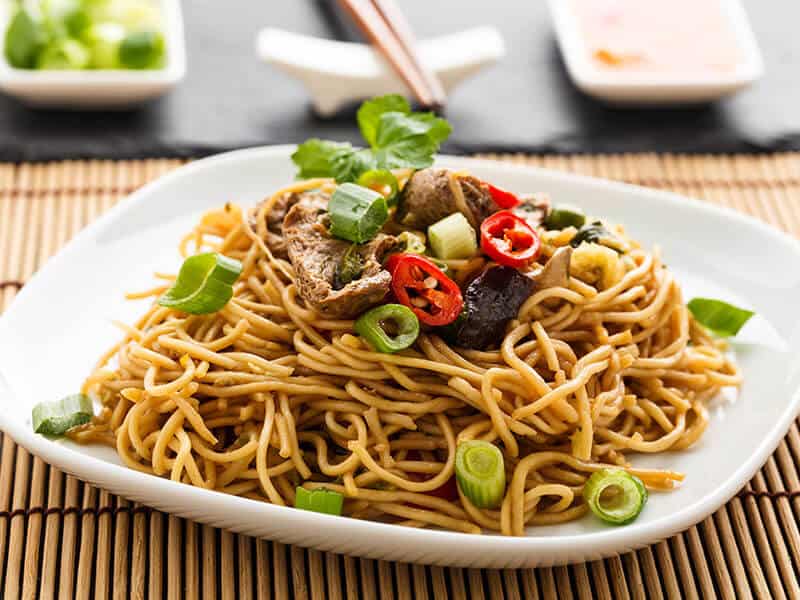
Necessary Ingredients
- Chow mein noodles (steamed or fried)
- Your preferred type of meat (often chicken, beef, shrimp, or pork)
- Bell pepper
- Onions
- Celery
- Cabbages
- Carrots
- Button or Shiitake mushrooms
- Chinese five-spice powder
- Black pepper
- Soy sauce
- Cooking oil
- Sesame oil
- Soy sauce
- Cornstarch (for coating the chicken)
A Simple Way To Cook Chow Mein
- Boil some water and cook your noodles in it for about 5 minutes. To prevent the noodles from clumping together, coat them with sesame oil beforehand.
- Season your meat with Chinese five-spice powder and soy sauce. Remember to coat your chicken with cornstarch before stir-frying for a tastier result.
- Coat your wok with oil and heat it up at a high temperature until boiling hot.
- Add your meat into the wok and stir-fry them for a few minutes.
- Next, stir-fry the bell pepper for about 1 minute, then add the other vegetables like onion, bean sprout, or celery to the mix.
- Stir-fry the mixture.
- Add the noodles along with some soy sauce and sesame oil.
- Stir every ingredient well, and your dish is done.
You can see this video to know more:
How Chop Suey Is Cooked
Similar to chow mein, chop suey can be cooked right at your home. Not only is chop suey delicious, but it’s also a great way to make use of your leftovers.
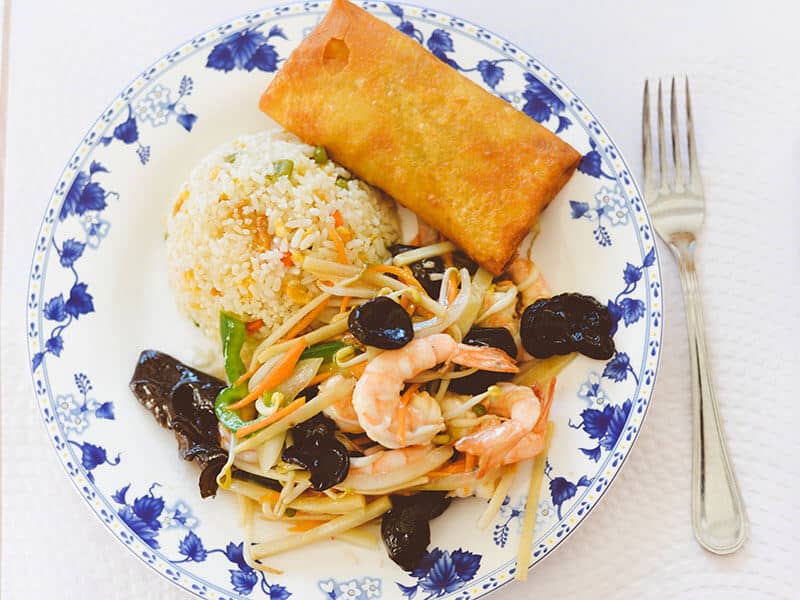
Necessary Ingredients
- Rice or noodles
- Your preferred type of meat (often chicken, beef, shrimp, or pork)
- Bell pepper
- Onions
- Garlic
- Celery
- Cabbages
- Carrots
- Button or Shiitake mushrooms
- Soy sauce
- Oyster sauce
- Chicken broth or shrimp broth
A Simple Way To Cook Chop Suey
- Fry your meat till brown in a saucepan.
- Add some oil into your wok and heat it up.
- Saute the onions and garlic on medium heat.
- Add your vegetables of choice and stir-fry them for about 3-4 minutes.
- Add the meat to the mixture and let it cook for a little.
- Add soy sauce and oyster sauce and wait a bit for them to cook.
- Pour in the broth, then lightly season to your preference.
- Cover the wok and allow the sauce to cook for a few minutes
- Add cornstarch and mix well to thicken the sauce.
- Serve the chop suey over steamed/fried rice or noodles.
Check out this quick and easy chop suey recipe.
FAQs
For any other questions regarding chow mein and chop suey, don’t forget to check out the following FAQ section.
In Reality, You Can’t Go Wrong With Either
Although chow mein and chop suey are different in many aspects, there’s no denying that they are both mouth-wateringly delicious. So it doesn’t really matter whether you choose chow mein or chop suey; you’re always in for a treat.
Let me know what you think about these dishes in the comment section. If you had a good time reading this article, please drop me a like and share it around.
References
- Contributors to Wikimedia projects, (2003b). Chow mein – Wikipedia [online]. Wikipedia, the free encyclopedia. Available from: <https://en.wikipedia.org/wiki/Chow_mein>
- Contributors to Wikimedia projects, (2002a). Chop suey – Wikipedia [online]. Wikipedia, the free encyclopedia. Available from: <https://en.wikipedia.org/wiki/Chop_suey>


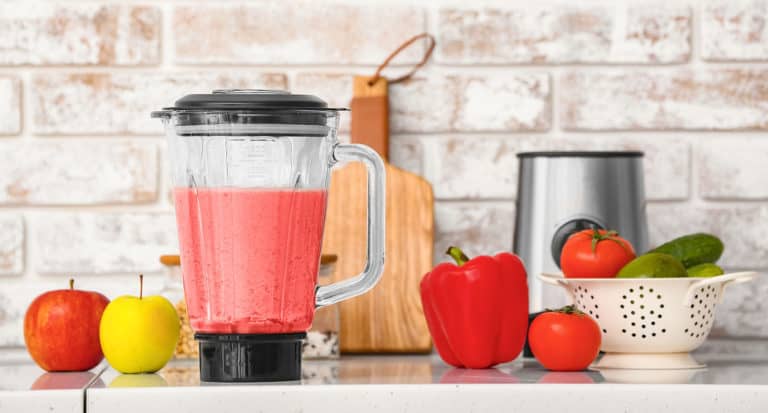
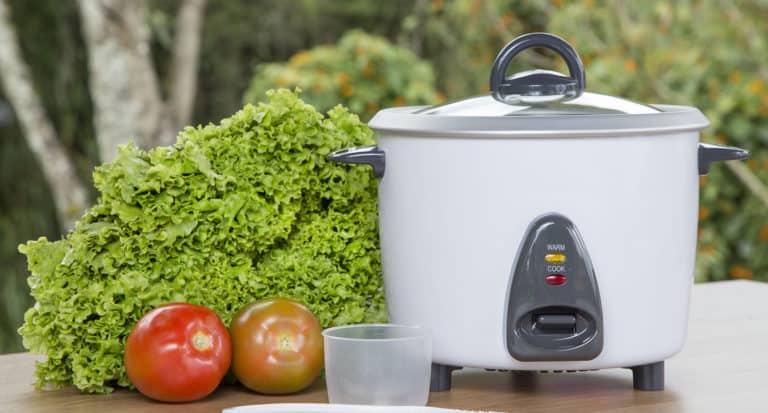
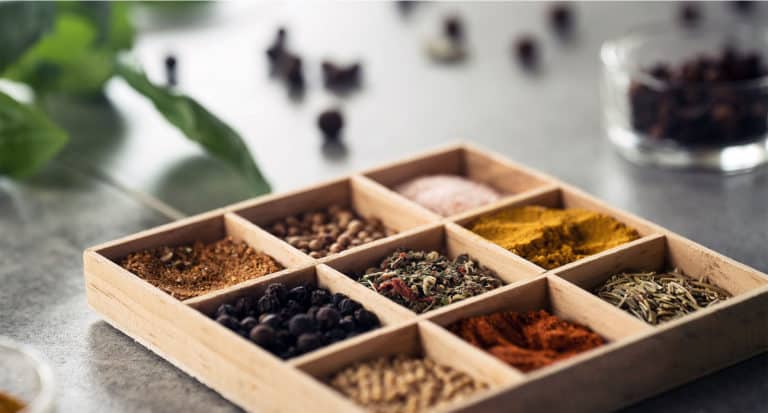
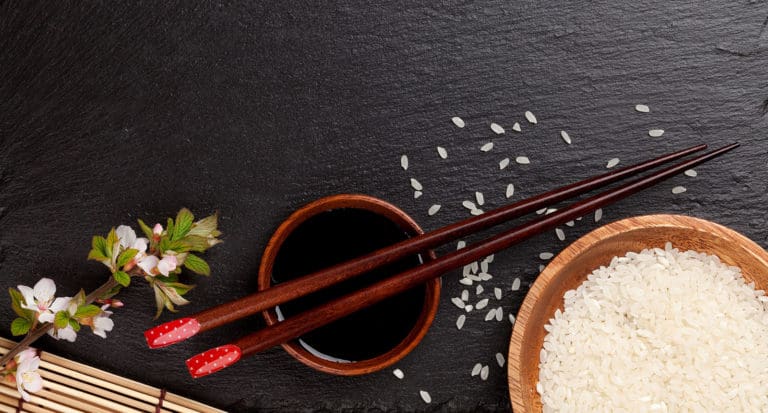
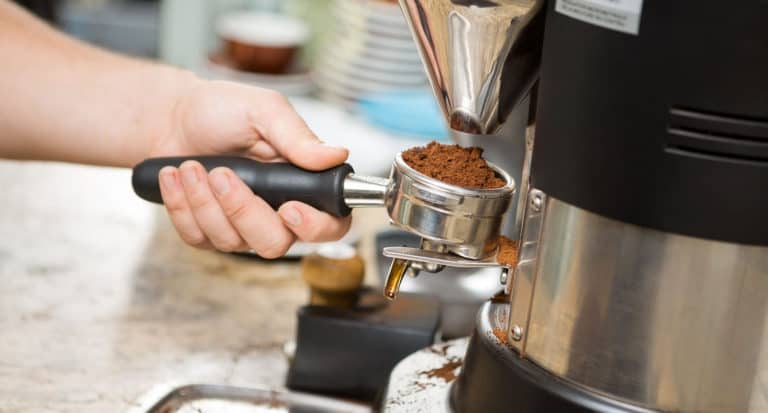
Amanda Collins
Founder and Senior Culinary Editor
Expertise
Culinary Arts and Management, Food Journalism and Critique, Recipe Development and Testing, Global Culinary Traditions, Sustainable Food Practices
Education
Institute of Culinary Education (ICE), New York, NY
Program: Diploma in Culinary Arts
Focus: Intensive hands-on training in culinary techniques, recipe development, and kitchen management, preparing students for professional roles in the culinary industry.
Monroe College, New Rochelle, NY
Program: Associate in Applied Science in Culinary Arts
Focus: Practical culinary skills, including cooking techniques, menu planning, and kitchen operations, with an emphasis on hands-on experience and industry standards.
Amanda Collins is a seasoned chef and food editor with a deep love for global flavors. Trained at the Institute of Culinary Education and Monroe College, and with over 15 years in the culinary field, Amanda has refined her skills in kitchens worldwide. Her background in food studies gives her a unique ability to share both recipes and the cultural stories that shape them.
As senior culinary editor at thebreslin.com, Amanda’s work brings authentic dishes to life, inviting readers to explore new flavors and techniques from around the globe. Her approachable style makes it easy for anyone to bring a bit of the world’s cuisine into their kitchen.